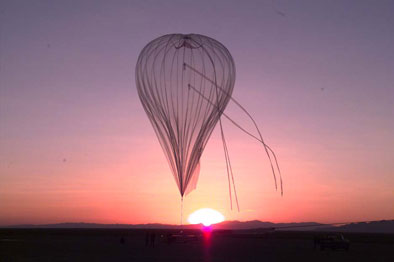- Homepage >
- Visitors >
- Climate
Climate and Weather

With a mean elevation of 4,350 feet above sea level, Dugway Proving Ground’s landscape is largely a flat sloping dish transitioning into the mirror-smooth Great Salt Lake Desert. Weather patterns and prevailing winds at Dugway are strongly influenced by its terrain. Prevailing winds are from the northwest during afternoon hours and from the southeast at night and during the morning hours.
For most of the year, Dugway Proving Ground experiences a moderate, high desert climate. Summertime highs regularly exceed 90°F, but low humidity (average 59%) levels yield pleasant daytime conditions and cooler evening temperatures. Summer visitors should be aware that temperature variation over a 24-hour period can vary by as much as 40° and are advised to bring a light jacket for evenings and early mornings. The dry conditions also warrant that visitors drink fluids regularly throughout the day.
Winter is cold at Dugway, and January is the coldest month on post, with an average minimum temperature of 16°F and average maximum of 37°F.
Springtime rain makes up the majority of Dugway’s precipitation, which averages between six and seven inches annually. Winter snowfalls are light (17 inches average), but not infrequent. Nearby mountain ranges such as the Deep Creek, Stansbury, and Wasatch mountains receive significant snowfall, with ski resorts in the Wasatch accumulating 400 to 600 inches annually.
The Perfect Environment for Testing
The pinnacle-like mountains interspersed in the flat terrain are cooler and receive more precipitation than surrounding areas. These mountains, along with the north-south oriented mountain ranges surrounding Dugway, influence local weather patterns by channeling winds and promoting up-and-down slope conditions in mornings and evenings, respectively. From late spring to late fall, nighttime atmospheric conditions over the primary test ranges are very stable with the absence of storms, producing a consistent and reliable wind pattern enabling effective test design.
Atmospheric conditions are typically pristine with surrounding mountain ranges 20-60 miles distant often visible. Visibility exceeds 10 miles about 95% of the time. Occasional hazy conditions are usually natural in origin, as Dugway almost never experiences the inversion conditions of nearby populated valleys. Because of Dugway’s testing and research activities, extensive climatological data have been and continues to be collected and are available in electronic and hard copy to aid in field test planning.
